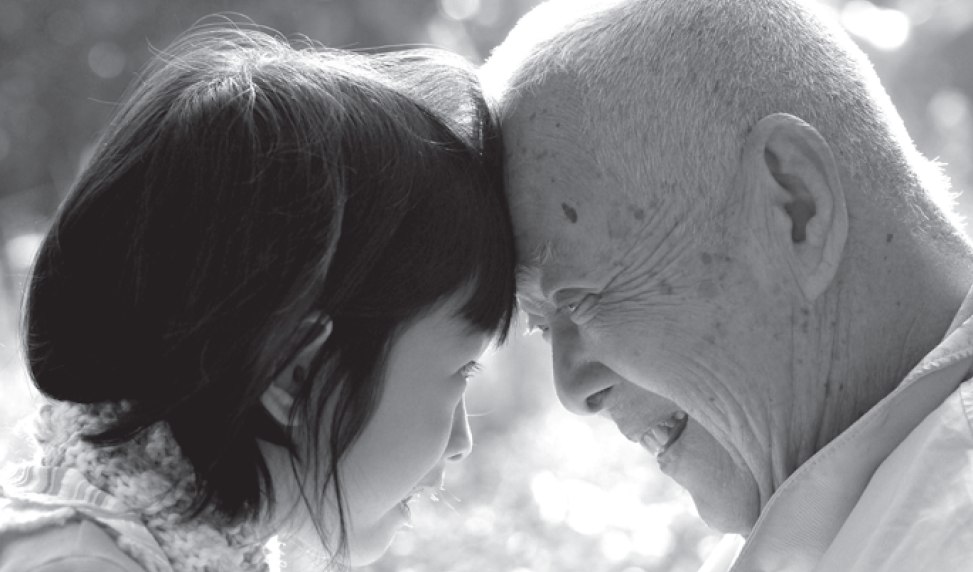
A Seamless Transition
We often think that cardiovascular care is limited to caring for older patients. However, at National University Heart Centre, Singapore (NUHCS), we have the capabilities to care for patients throughout their entire life, from the moment they are born.
A/Prof. Quek Swee Chye shares more about paediatric cardiology and the seamless transition to adult cardiology at NUHCS while Asst. Prof. Edgar Tay introduces a heart valve therapy that has been successfully performed on two of our patients.
What is Paediatric Cardiology?
Paediatric cardiology is a unique subspecialty; while many patients are young, investigations and examinations related to heart conditions are similar to adult cardiology. Thus, it encompasses both major disciplines of paediatrics and cardiology. While most patients have heart defects since birth, there are now more heart conditions that develop after birth, including heart rhythm disorders and heart diseases affecting the heart muscles or entire body.
Diagnosis may begin as early as the fetal stage, where heart anomalies can be detected through a heart ultrasound. This allows for a team-based approach involving the obstetrician (a doctor specialising in pregnancy and childbirth), neonatologist (a doctor specialising in the medical care of newborn infants) and surgeon.
The use of early fetal detection of complex heart disease to early life-saving surgery and intensive neonatal care has enabled patients to survive and thrive in childhood and into adult life.
Seamless Transition to Adult Cardiology
When a paediatric heart patient enters adulthood, he is referred to the adult congenital heart disease team. The management of the kid with heart disease is therefore seamless and continuous, and NUHCS is a place that affords such an opportunity.
Some patients who have been operated early on in life may have to undertake more surgeries when they get older as pulmonary valve regurgitation1 or degeneration of their conduits2 occur. However, such
repeated open-heart surgeries not only increase the risk of complications but they are also psychologically demanding for patients and their families.
There is now an alternative treatment option available. Without requiring open-heart surgery, it treats narrowed or leaking pulmonary valve conduits between the pumping right side of the heart and lungs. A specially designed catheter (thin hollow tube) is inserted from a vein to the heart to replace the old valve with a new one, thus helping the heart to pump blood properly (see figure 1).
Melody Transcatheter Pulmonary Valve (TPV) Therapy
The Melody TPV Therapy has started since 2000 and has undergone rigorous scientific scrutiny before becoming approved by the US Food and Drug Administration (FDA), in which the FDA has decided that its benefits outweigh potential risks. It is now a recommended therapy for selected patients as it has shown to be safe and effective in restoring the function and increasing the lifespan of pulmonary valve conduits3 or homografts4. In 2016, NUHCS successfully performed our first two Melody TPV Therapy procedures jointly with the Division of Paediatric Cardiology, National University Hospital.
One of the procedures involved treating a congenital heart defect called Tetralogy of Fallot without open heart surgery, a first in Singapore (featured in The Straits Times on 22 November 2016). This showcases the strength and depth of collaboration between our paediatric and adult congenital teams. Both patients have been discharged and are doing well. We are immensely grateful to The Heart Fund donors for helping our patients defray the high cost of therapy and are committed to scaling greater heights in patient outcome and experience.
By
Prof. Quek Swee Chye
and
Asst. Prof. Edgar Tay.
1 Leakage of the valve that controls blood flow from the heart to the lungs.
2 Deterioration and loss of function in the passages of fluids or air.
3 Tubes that connect the flow of blood from the heart to the lungs.
4 Tissues or organs obtained from members of the same species.
